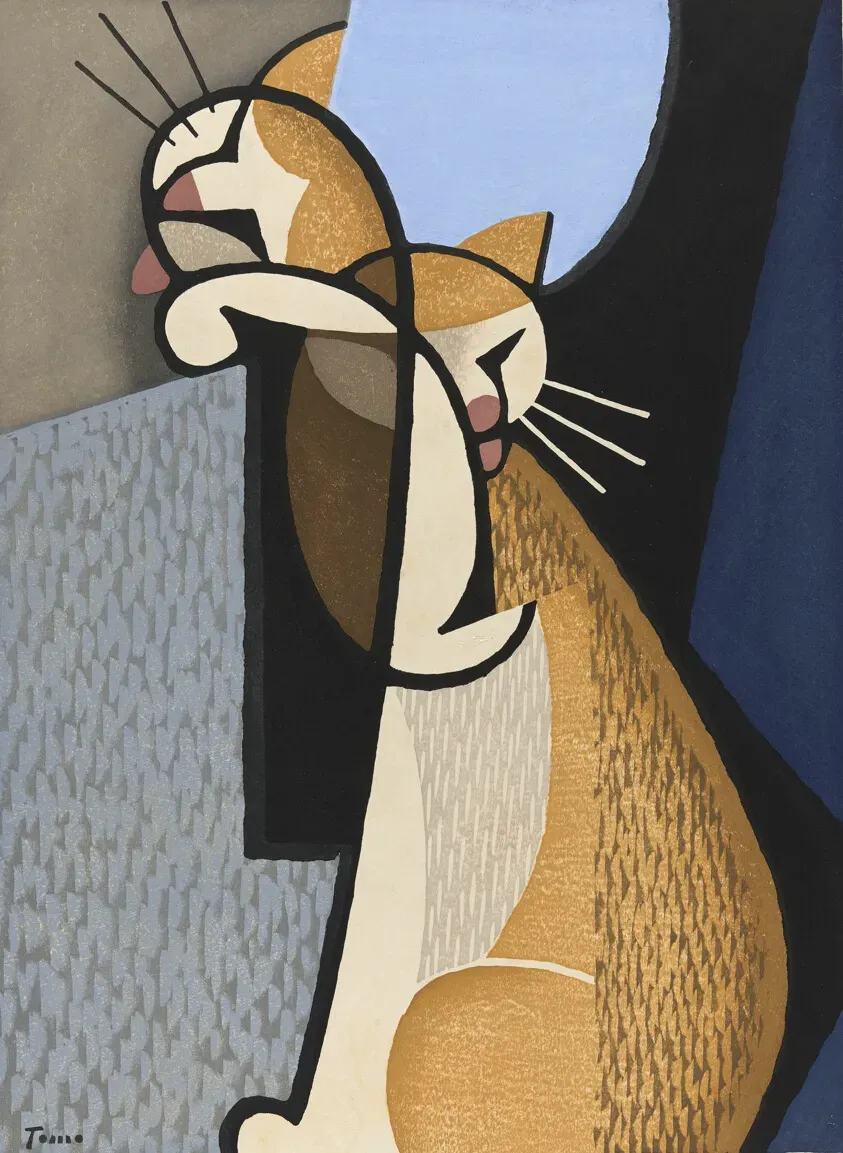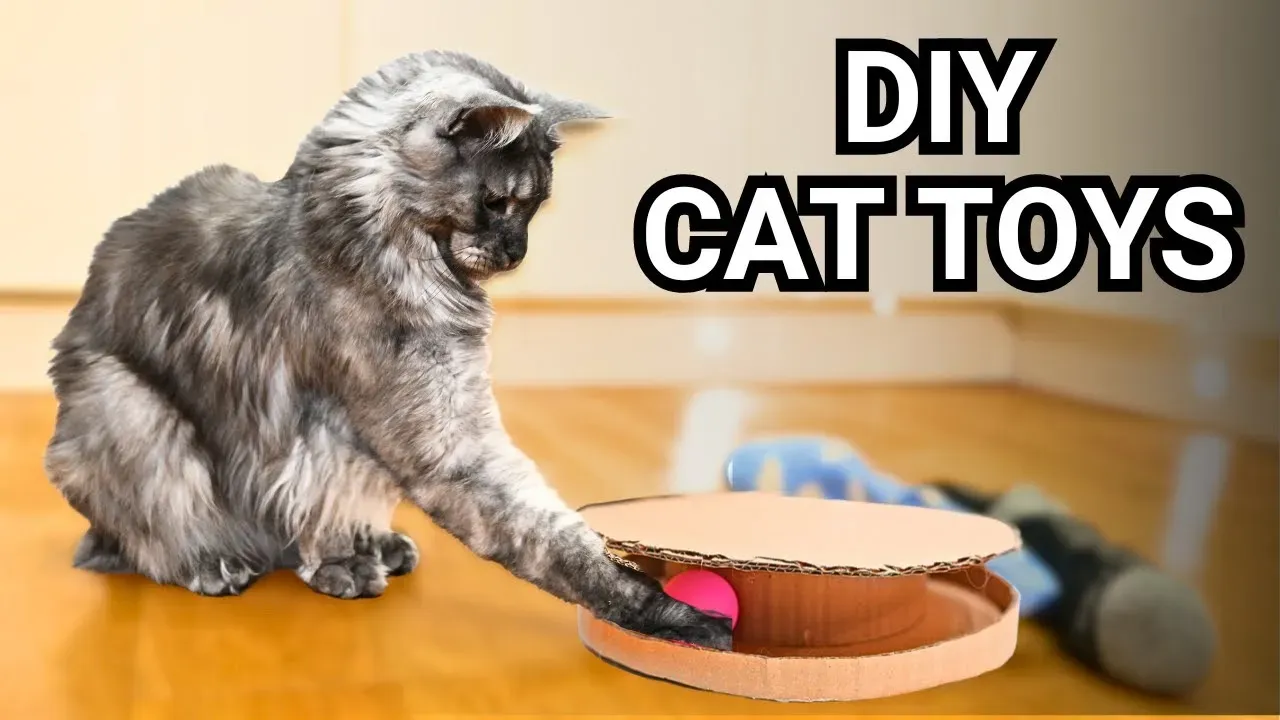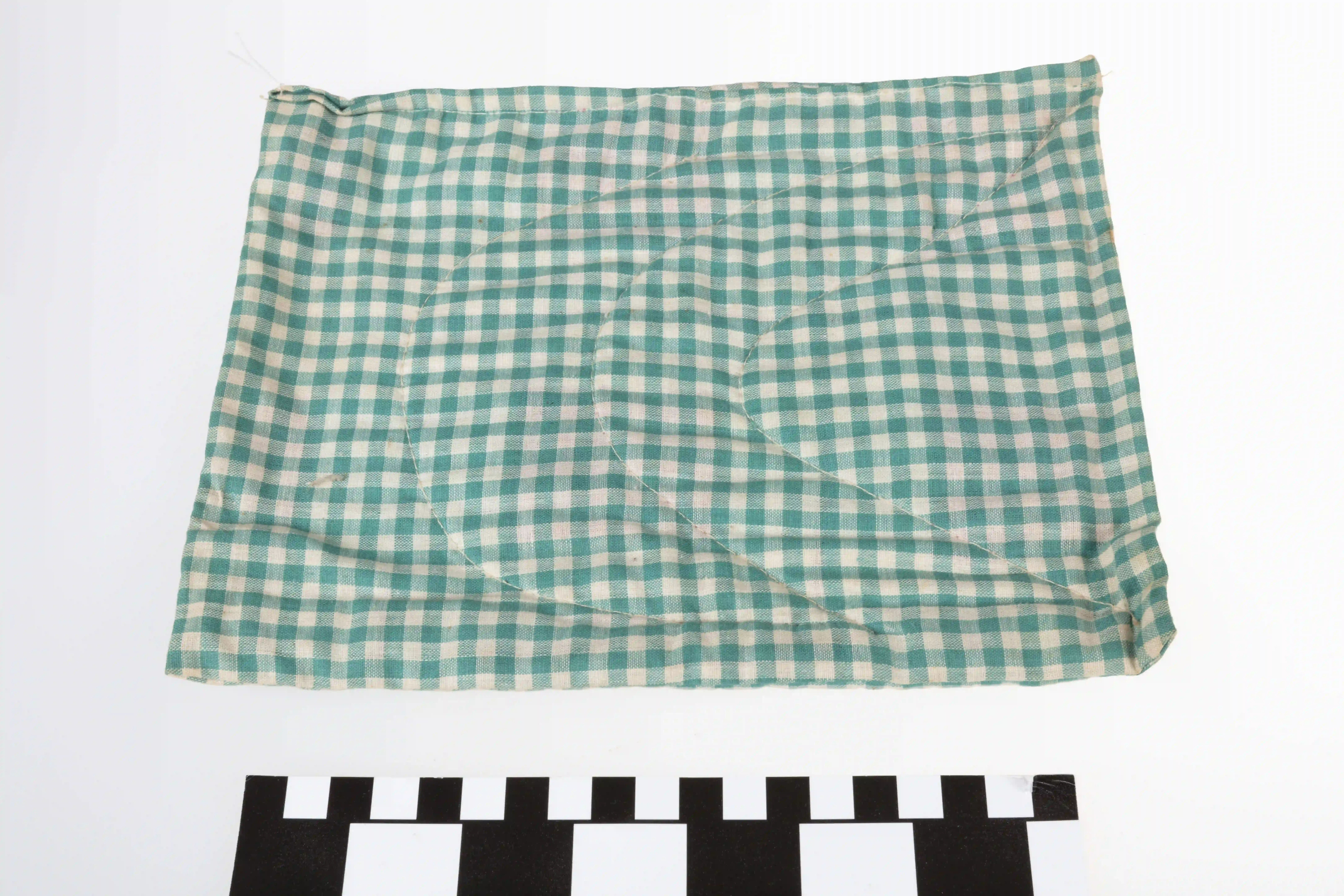Table of Contents
Let's be honest, buying cat toys can feel like throwing money into a black hole. You shell out for the latest feathered contraption or electronic gizmo, only for your feline overlord to ignore it completely or shred it into oblivion within five minutes. Then they're back to batting at dust bunnies or trying to trip you down the stairs. A bored cat isn't a happy cat, and definitely not a cat that leaves your furniture intact. So, what's a budget-conscious, sanity-preserving cat parent to do? Learning how to make homemade cat toys might just be the answer you didn't know you needed.
Why Bother Learning How to Make Homemade Cat Toys?

Why Bother Learning How to Make Homemade Cat Toys?
The Retail Racket and Boredom Busting
Look, we've all been there. Staring at the wall of brightly colored, ridiculously priced cat toys at the pet store, wondering which one your finicky furball might deign to acknowledge for more than a nanosecond. You drop ten bucks on a plush mouse, bring it home, and your cat gives it the same look they give the vacuum cleaner – pure disdain. Or maybe they go nuts, but the thing disintegrates into a choking hazard faster than you can say "vet bill." This cycle gets old, fast. Why bother learning how to make homemade cat toys? Because you're tired of the retail racket and genuinely want to keep your feline friend stimulated without taking out a second mortgage.
Beyond the Budget: Control and Connection
It's not just about saving cash, though that's a significant perk when you consider the lifespan of many store-bought toys. Crafting your own gives you control. You know exactly what materials are going into that plaything, avoiding questionable dyes, adhesives, or small parts that could end up in your cat's stomach. Plus, every cat is an individual with their own quirks and preferences. Does yours go wild for crinkly sounds? Obsessed with feathers? Indifferent to everything but a simple string? When you make it yourself, you can tailor the toy specifically to their known (or suspected) obsessions. It’s less about buying something generic and hoping for the best, and more about creating a bespoke piece of entertainment.
Think about it:
- Are commercial toys durable enough for your furball?
- Do they truly engage your cat's natural hunting instincts?
- Could you be saving money while providing better entertainment?
Quick & Easy DIY Cat Toy Ideas

Quick & Easy DIY Cat Toy Ideas
Raid Your Recycling Bin (and Sock Drawer)
Alright, let's get down to business. You don't need a craft store membership or a degree in textile engineering to figure out how to make homemade cat toys that actually work. We're talking about stuff you probably have cluttering up your house right now. Think empty toilet paper rolls, bottle caps, old socks, cardboard boxes, even just a plain old paper bag. The beauty of these items is their disposability – your cat can destroy them with glee, and you won't feel a pang of guilt (or wallet-ache) replacing them. These aren't fancy, but they tap into a cat's basic instincts: batting, chasing, hiding, and making satisfying crinkly noises.
Stepping Up Your Game: More Homemade Cat Toys

Stepping Up Your Game: More Homemade Cat Toys
Beyond the Basics: Crafting for Keeps (Sort Of)
so you've mastered the toilet paper roll batting toy and your cat is bored of the crumpled paper ball. It's time to level up your how to make homemade cat toys game slightly. We're not talking complex carpentry here, but maybe pulling out a needle and thread, or getting a little more creative with cardboard. Think about things like felt scraps sewn into little mice or fish shapes, stuffed with a tiny bit of polyfill and maybe some potent catnip. Or perhaps a simple puzzle feeder made from a plastic container with holes cut out, forcing your cat to work for those kibbles. These projects take a little more effort than just tossing a bottle cap, but the payoff can be a more durable or mentally stimulating toy. It's less about instant gratification and more about building something with a bit more structure and potential longevity.
Keeping it Safe: Essential Tips for Your Homemade Cat Toys

Keeping it Safe: Essential Tips for Your Homemade Cat Toys
Prioritizing Your Furball's Well-being
so you're armed with your recycling bin treasures and a sudden urge to craft cat entertainment. Before you unleash your creations on your unsuspecting feline, let's talk safety. This isn't the most exciting part of learning how to make homemade cat toys, but it's arguably the most important. Cats, bless their curious little hearts, will chew, swallow, and generally try to ingest anything that looks remotely interesting. That tiny button eye on a sewn mouse? Choking hazard. That loose string dangling from a cardboard contraption? Intestinal blockage waiting to happen. You need to be ruthless about potential dangers. Avoid anything small enough to be swallowed whole, especially plastic pieces or beads. Steer clear of glues or paints that aren't certified non-toxic. And those tempting long, thin strings or ribbons? Only use them during supervised play, and put them away immediately afterward. Think like a cat – what would they try to eat or get tangled in? Then eliminate it.
Homemade Fun That Actually Works
So, there you have it. Figuring out how to make homemade cat toys isn't some niche hobby for extreme pet parents; it's a practical way to keep your cat stimulated without constantly shelling out cash for things they might ignore anyway. You've got options, from the ridiculously simple bottle cap on a string to slightly more involved creations. The key isn't perfection, but providing variety and tapping into their natural instincts. Not every toy you craft will be a winner, that's just the reality of dealing with discerning felines. But with a focus on safety and a willingness to experiment, you can build a rotation of toys that actually get used, keeping those paws busy and hopefully, away from your favorite armchair.